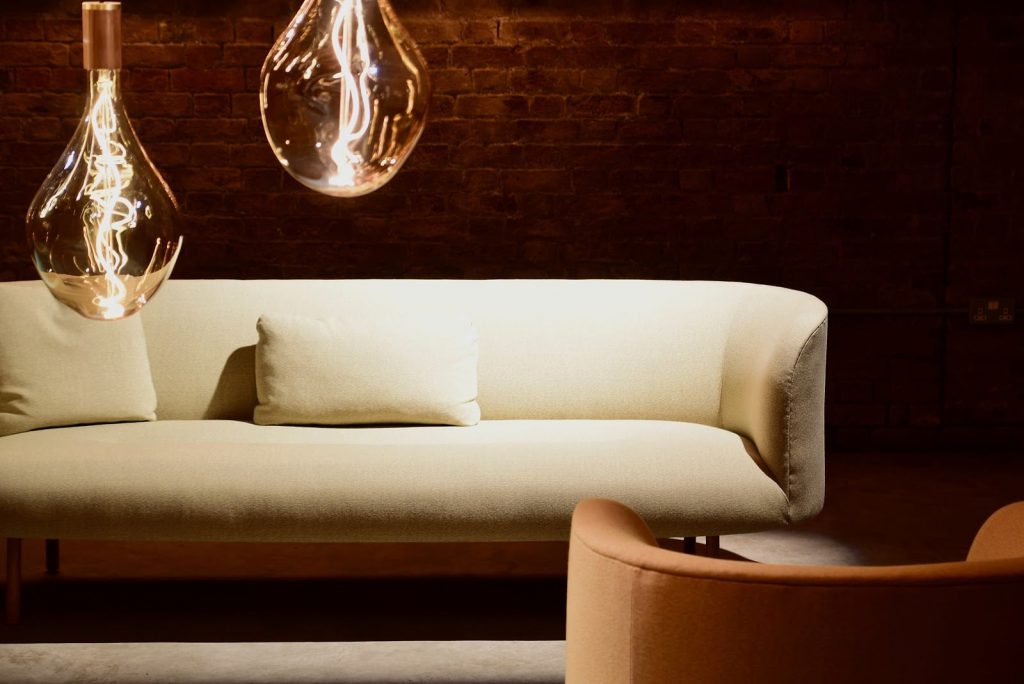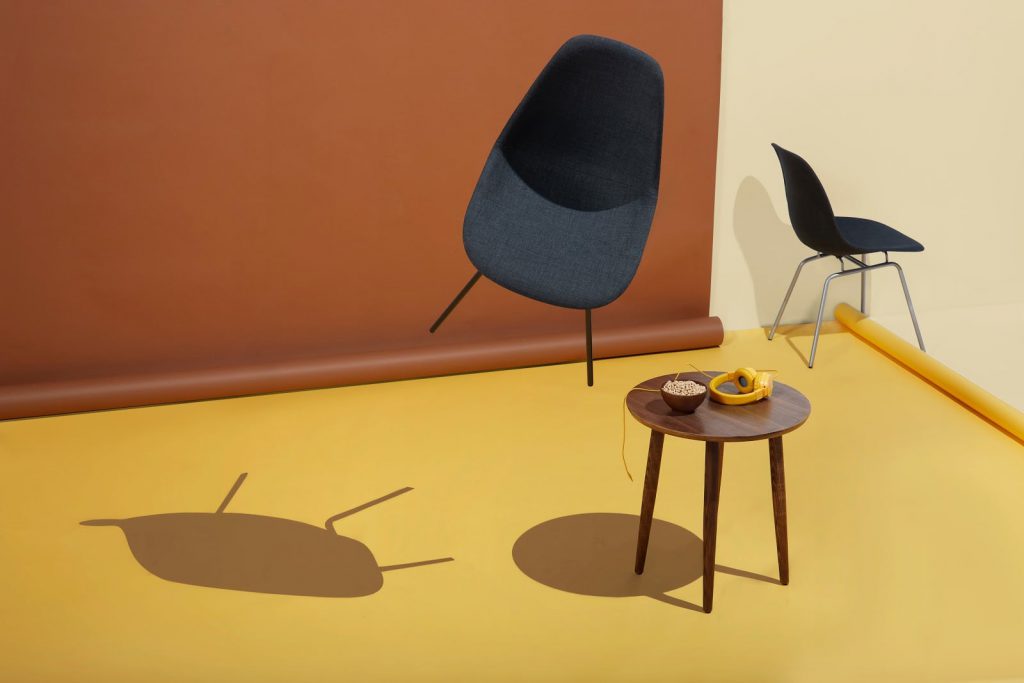Antique & Vintage Furniture - Early 1900s
Any piece that's classified as an antique must be at least a hundred years old. Often crafted out of wood, the unique and ornate details of a piece will determine how collectible it is and also allows dealers to easily date and price the item. Genuine antiques are high in value, hard to find and should be purchased from experienced dealers to guarantee authenticity. Be careful to not dismiss any pieces you come across that are in less than perfect condition, as they're always ripe for restoration. You must be prepared to invest both time and money into your furniture hunt if you're an antique furniture fan. In return, you’ll end up with unique and beautiful furniture that is likely to have good resale value in the future. Smaller pieces like lamps, table clocks and mirrors are excellent purchases to begin when shopping for antiques. However, buying upholstered antiques can be a challenge as they most likely will have to be reupholstered and repurposed, and it may take time to find the right fabric and the right upholsterer. Often confused with antique pieces, the vintage furniture style captures the best details of a certain era. Pieces that fall under this category may be decades old but are usually younger than antiques. Mid-century modern is a classic example, as pieces that encompass this style are the 'best' from the mid-century era. Vintage furniture is more popular than antique furniture because it is more affordable. The vintage style is perfect for anyone who likes to mix and match as it seamlessly knits together disparate furniture pieces that inject individuality and personality into your rooms. Plus, given that vintage pieces are often bought used, acquiring them is a great way of reducing the carbon footprint of your new furniture purchases.
Often confused with antique pieces, the vintage furniture style captures the best details of a certain era. Pieces that fall under this category may be decades old but are usually younger than antiques. Mid-century modern is a classic example, as pieces that encompass this style are the 'best' from the mid-century era. Vintage furniture is more popular than antique furniture because it is more affordable. The vintage style is perfect for anyone who likes to mix and match as it seamlessly knits together disparate furniture pieces that inject individuality and personality into your rooms. Plus, given that vintage pieces are often bought used, acquiring them is a great way of reducing the carbon footprint of your new furniture purchases.

Art Deco & Retro Furniture - 1920s to 1950s
Art Deco is a style that is characterized by geometric and angular shapes, materials like glass, mirrors, chrome, gold and shiny fabrics. It is an eclectic style that combines Machine Age imagery and materials with a glazed sheen to them. Think glossy & polished tiles and hyper-stylized wall decor, and about the success of the movie The Great Gatsby. Hailing from the striking design period of early 20th Century Europe, the Art Deco period followed World War I but was most prolific from the 1920s to the 1940s. The term 'Art Deco' itself was supposedly coined from the 1925 Parisian exhibition, the Exposition des Arts Modernes Decoratifs et Industriels. Look closely, and you'll observe how this furniture style beautifully captures that period in history. For example, art deco pays homage to the industrialization of those times based on how it embraces geometric shapes and patterns. It symbolizes the dawning of a new era, exemplified in elaborate fountains and chandeliers. It also celebrates the female form - a reference to the newfound freedom and liberation of women. That said, Art Deco has not only withstood the test of time but is perhaps even more cherished by its modern-day devotees. Art deco furniture is equally complimentary in an otherwise modern home. A well-sculpted statue or a geometrically designed mirror can add a lot to a space. People often tend to think of retro and vintage furniture on similar lines. In reality, retro furniture is a little harder to define. It is typically defined by more modern designs that imitate past fashion trends, that were deemed to be unfashionable after their time in the limelight. With the jury still out on the distinguishing features of retro furniture, it comes as no surprise when some art deco or vintage pieces are classified as retro. Think of retro furniture as being something that was created in your grandparents' heyday and has now undergone a bit of revival to position itself as cool once more. Think of that aging vinyl sofa you saw at the second-hand shop down the road, something that requires a little sprucing up. Retro furniture is all about reviving the goldies from the oldies!
People often tend to think of retro and vintage furniture on similar lines. In reality, retro furniture is a little harder to define. It is typically defined by more modern designs that imitate past fashion trends, that were deemed to be unfashionable after their time in the limelight. With the jury still out on the distinguishing features of retro furniture, it comes as no surprise when some art deco or vintage pieces are classified as retro. Think of retro furniture as being something that was created in your grandparents' heyday and has now undergone a bit of revival to position itself as cool once more. Think of that aging vinyl sofa you saw at the second-hand shop down the road, something that requires a little sprucing up. Retro furniture is all about reviving the goldies from the oldies!

Modern & Contemporary Furniture - 1960's to Present
Modern furniture includes any and every furniture piece produced from the late 20th Century onward. It often combines leather, vinyl, steel, molded plywood & plastics, and a monochromatic color scheme to keep the interiors sleek and stylish. It is distinctive and definitely a hit with collectors. Furniture fans were shocked when this furniture was first produced. It was also a big deviation from traditional furniture forms (now Antique forms). A chair suddenly mimicked the curves of a human body. A coffee table had one central block that served as a base for the table top. A sofa was suddenly angular and covered in leather. These radical changes started an entirely new period of furniture design that still appears fresh and bold today. Big-name designers, most notably Herman Miller, Hans Knoll, and Charles & Ray Eames are the flag-bearers of this furniture design era. Today, the majority of modern furniture pieces on the market are reproductions, originally created by these designers. These replicas are very close to the originals, and subtle differences can be hard to spot. The Eames Lounge Chair is a classic example. But, you’ll easily figure out if what you’re being offered is authentic based on its price - if it sounds too good to be true, it probably is. On the other hand, contemporary furniture can be really hard to define. In a gist, it refers to furniture that is popular and is used now, in the present. With the level of creativity of the human brain and the variety of materials easily accessible, contemporary furniture cannot be easily pigeonholed. You might often hear furniture being described as 'modern and contemporary' because both design styles are pretty synonymous with each other - clean, simple lines and an overall fresh appearance. Its widespread appeal is the primary reason why contemporary furniture is able to blend in and complement furniture styles of other periods. It tends to not overpower rooms and can look equally at home around art deco furnishings or retro surrounds.
On the other hand, contemporary furniture can be really hard to define. In a gist, it refers to furniture that is popular and is used now, in the present. With the level of creativity of the human brain and the variety of materials easily accessible, contemporary furniture cannot be easily pigeonholed. You might often hear furniture being described as 'modern and contemporary' because both design styles are pretty synonymous with each other - clean, simple lines and an overall fresh appearance. Its widespread appeal is the primary reason why contemporary furniture is able to blend in and complement furniture styles of other periods. It tends to not overpower rooms and can look equally at home around art deco furnishings or retro surrounds.
 As we step into the 2020s, the future of furniture design looks bright.
And eclectic.
And minimal.
And as we unanimously accept the presence and ill-effects of climate change, the furniture styles of the future will have to be efficient, sustainable and multi-functional. Top furniture designers have already started exploring these three key metrics and are paving the way for future developments.
As we step into the 2020s, the future of furniture design looks bright.
And eclectic.
And minimal.
And as we unanimously accept the presence and ill-effects of climate change, the furniture styles of the future will have to be efficient, sustainable and multi-functional. Top furniture designers have already started exploring these three key metrics and are paving the way for future developments.
 The millennial generation cannot be bothered to buy homes and cars anymore. They instead subscribe to services that make it easier for them to access and experience these utilities. In a scenario where everyone is part of a sharing economy where you lease most of your utilitarian needs, why bother buying the furniture at all? Renting home furniture is the future of how we furnish our spaces. With tech-enabled solutions that help you remotely plan your entire space, along with the convenience of swapping furniture you're bored with - buying furniture for your home is surely out of the window.
The millennial generation cannot be bothered to buy homes and cars anymore. They instead subscribe to services that make it easier for them to access and experience these utilities. In a scenario where everyone is part of a sharing economy where you lease most of your utilitarian needs, why bother buying the furniture at all? Renting home furniture is the future of how we furnish our spaces. With tech-enabled solutions that help you remotely plan your entire space, along with the convenience of swapping furniture you're bored with - buying furniture for your home is surely out of the window.

